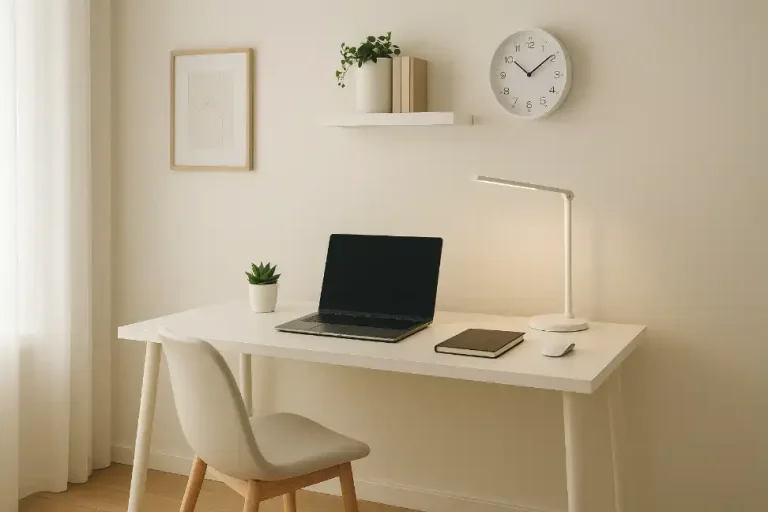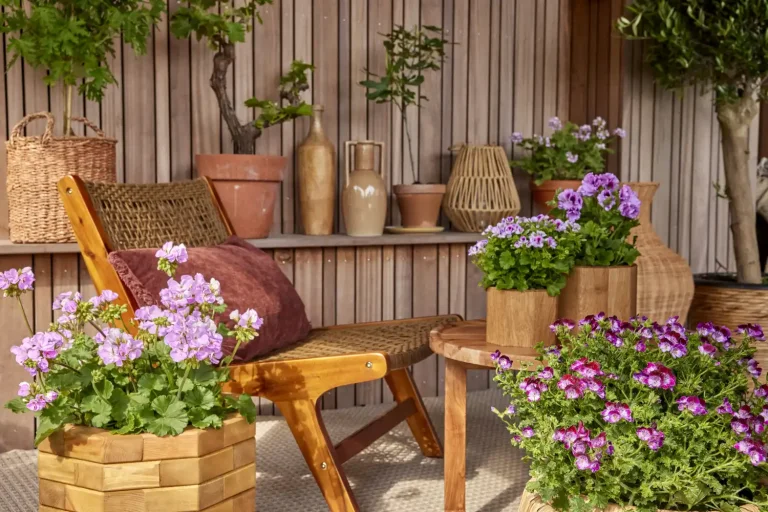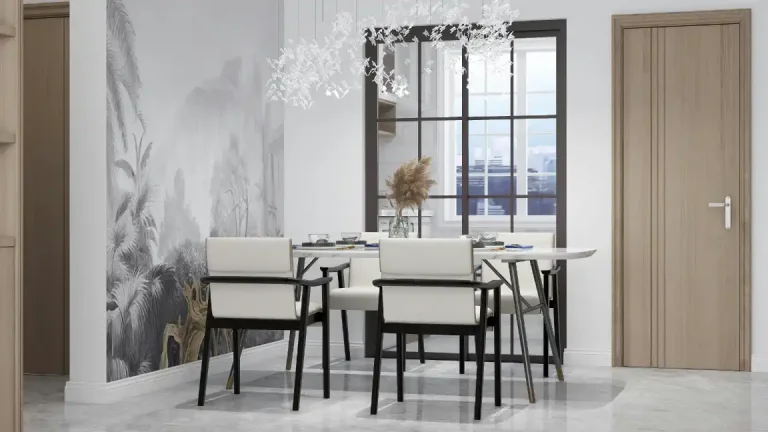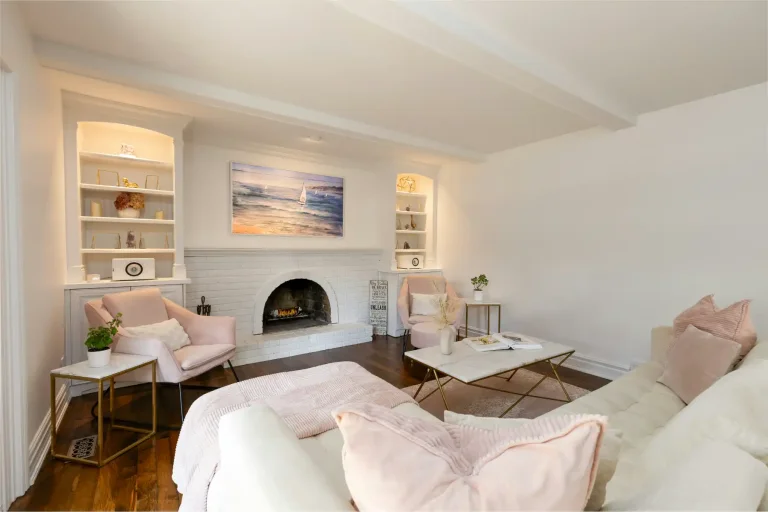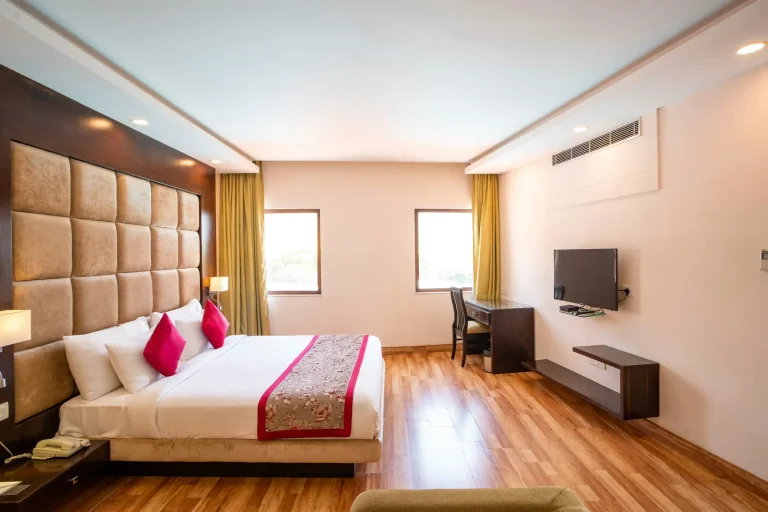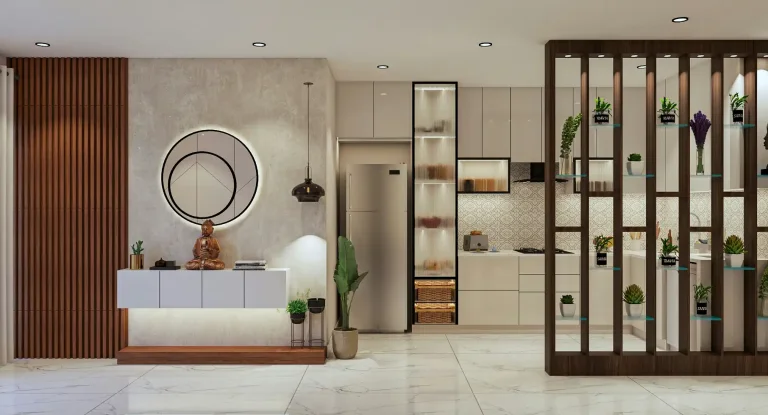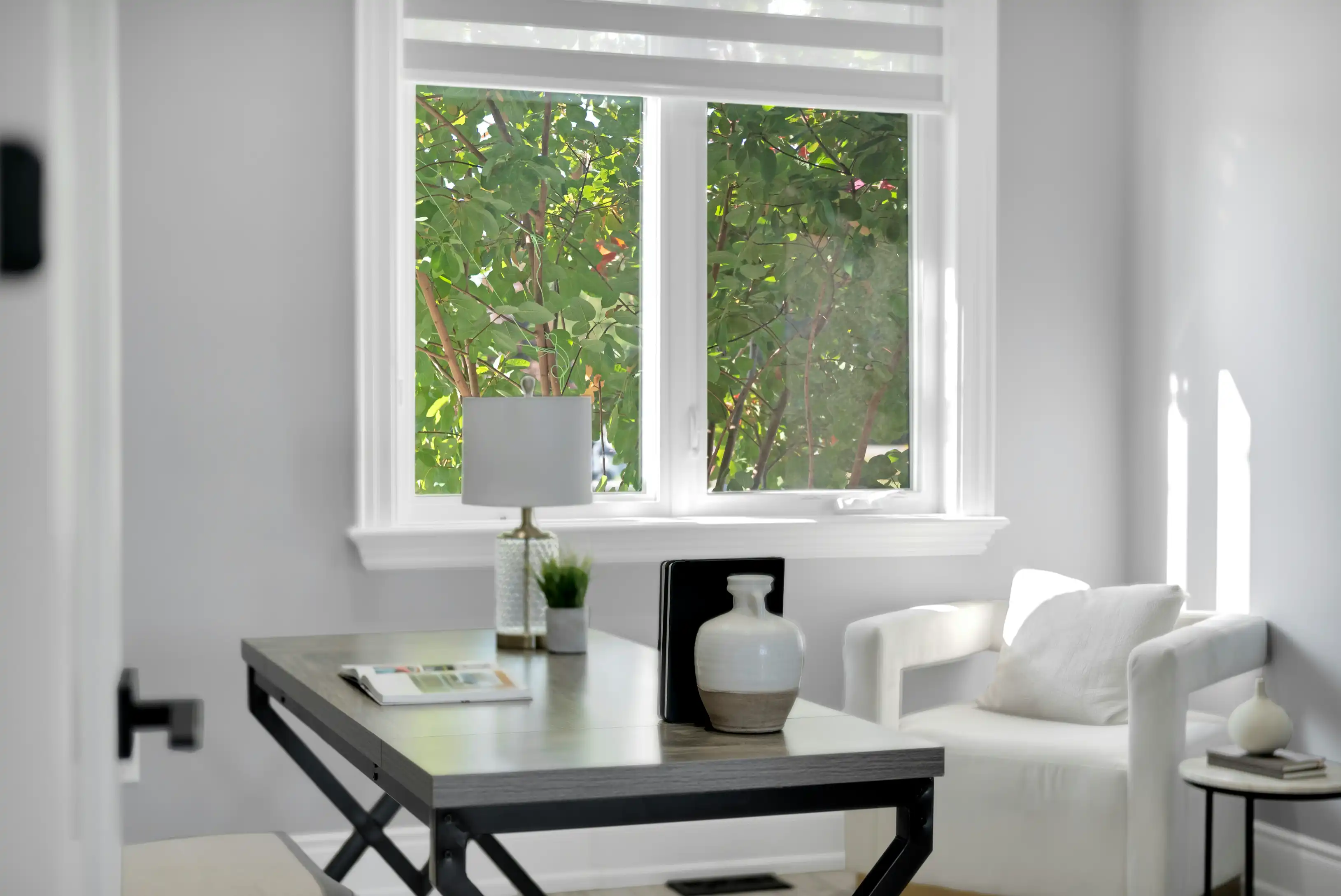Top Hospitality Interior Design Firms
What if your floor plan could be your most powerful marketing tool? In the competitive short-term rental market, the most successful Airbnbs aren't just in prime locations. They're strategically designed to deliver exceptional guest experiences that translate to higher revenue.
Airbnb property layout optimization goes beyond arranging furniture. It's a science of space planning that impacts guest satisfaction, review ratings, and your bottom line. Every square foot represents potential income, and space utilization can differentiate an average performer from a market-leading rental.
At STR Cribs, we specialize in transforming ordinary properties into extraordinary short-term rentals through data-driven design. Our approach combines market intelligence with proven design principles to create spaces that are beautiful, functional, and strategically engineered to maximize ROI. In this guide, we cover layout optimization, room-by-room strategies, and how a professional, data-backed approach can unlock your property's earning potential.
Why Your Vacation Rental Floor Plan Matters
Before discussing how to optimize your space, understand the "why." A thoughtful vacation rental floor plan isn't just a nice-to-have; it's the foundation of your business. The layout decisions you make today will influence your rental's performance for years.
The ROI of Smart Layouts:
- Maximizing Revenue Per Square Foot: Strategic space planning lets you increase sleeping capacity, the critical "heads in beds" metric, without creating a cramped environment. An optimized 800 sq. ft. apartment sleeps 6 guests, while a poorly designed space of the same size accommodates 4, limiting your potential nightly revenue by 33%.
- Boosting 5-Star Reviews: When guests struggle to find places for their belongings, bump into furniture, or can't comfortably gather in common areas, they notice and mention it in reviews. A logical flow, ample storage, and comfortable zones create a frictionless guest experience, the #1 driver of positive feedback. Remember: intuitive layouts rarely happen by accident.
- Increasing Occupancy and ADR: Better reviews and appealing listing photos (showcasing a well-designed space) lead to higher demand, which increases occupancy rates and a premium Average Daily Rate (ADR). This combination creates an upward spiral of profitability.
- Reducing Wear and Tear: A well-designed layout guides guest movement, protecting walls, corners, and furniture from damage. This reduces long-term maintenance costs, an overlooked benefit that can save thousands over your rental’s life.
The 3 Core Principles of STR Space Planning
Now that you understand the "why," let's explore the foundational concepts of effective STR space planning. These principles apply universally, whether optimizing a cozy studio apartment or a sprawling vacation home. Consider these the "secret sauce" that professional designers use to transform ordinary spaces into extraordinary short-term rentals.
Principle 1: Master the Flow
Flow refers to the logical, intuitive path guests take through your property. When executed properly, it feels effortless and unobstructed; guests shouldn't have to zigzag around furniture or squeeze through tight spaces to navigate.
Poor flow creates friction and frustration, making spacious properties feel cramped and chaotic. Guests may not identify "bad flow" as the issue, but they feel its effects: discomfort, disorganization, and stress that undermine their stay.
To optimize flow in your rental, ensure clear pathways from the entrance to main living areas and bedrooms. Avoid placing large furniture in natural walkways. In the kitchen, use the "work triangle" principle for an efficient relationship between the sink, stove, and refrigerator. Guests unfamiliar with your space need intuitive navigation.
Principle 2: Create Smart Zones
Zoning creates distinct functional areas within a larger space, a crucial strategy for open-concept layouts. Well-defined zones allow multiple guests to use the same space simultaneously without feeling encroached upon.
Zoning can be achieved through furniture arrangement, lighting, and visual cues like area rugs for the living room or a pendant light for the dining area. A console table behind a sofa creates separation for a workspace nook, while a "drop zone" by the entrance, with hooks, a bench, and a small table, provides guests with a spot for keys, shoes, and bags.
Smart zoning allows multiple activities to coexist. One guest can cook in the kitchen zone while others relax in the living area or work at a desk, all without feeling crowded or disturbed.
Principle 3: Embrace Multi-Functionality
In a short-term rental, every square foot and piece of furniture should earn its keep. Multi-functionality means selecting items that serve multiple purposes, doubling or tripling the utility of your space without adding clutter.
Consider an ottoman with hidden storage that serves as a coffee table, extra seating, and a place to stow blankets. A high-quality dining table functions as a workspace during the day and a gathering spot for meals at night. A premium sleeper sofa maximizes Airbnb sleeping capacity without needing another bedroom. Even small C-tables serve multiple functions, such as a nightstand, laptop desk, or side table, depending on the guest's needs.
The goal of multi-functionality isn't just efficiency; it's about creating a space that adapts to diverse guest needs without feeling overstuffed or compromised. This flexibility is valuable in smaller properties and enhances the guest experience in rentals of any size.
Room-by-Room Layout Optimization for Airbnb
Let's apply our core principles to your short-term rental. While these recommendations provide a good starting point, the best layouts are tailored to your property, market, and target guests. A custom analysis will yield the best results.
The Living Room
- Design for conversation first, entertainment second. Arrange seating for face-to-face interaction, not just TV viewing. A typical mistake is pushing furniture against walls, creating an awkward, cavernous center space.
- Invest in commercial-grade fabrics that maintain their appearance despite heavy use. Performance velvet, olefin, and solution-dyed acrylic offer durability and luxury.
- If your property needs to accommodate extra guests, prioritize a high-quality sleeper sofa with a memory foam mattress. Avoid a budget pull-out with a thin, uncomfortable sleeping surface.
- Ensure enough seating for your maximum guest count. A property for 6 people should comfortably seat 6 in the living area without extra dining chairs.
- Mount a smart TV at the right height and provide laminated, clear instructions for use. Consider a soundbar for enhanced audio; a small touch that improves the entertainment experience.
- Include side tables within reach of each seating position for guests to set drinks, phones, and personal items when relaxing.
The Kitchen
- Organize for unfamiliar users. Subtle labels on cabinets or drawers eliminate frustrating searches for basic items like plates or utensils.
- Preserve clear counter space for meal preparation. Resist displaying decorative items that consume workspace.
- Position essential appliances (coffee maker, toaster, microwave) logically and ensure they're high-quality and intuitive to operate. The coffee maker should be a premium model; morning coffee is a ritual guests won't compromise on.
- Stock kitchenware for your maximum guest count plus two extra settings for broken items.
- Install adequate lighting, especially task lighting over countertops and the sink. Poor kitchen lighting is a common complaint in well-designed rentals.
The Bedrooms
- Prioritize an exceptional night's sleep. Invest in premium mattresses, high-thread-count linens, blackout curtains, and effective sound insulation. These investments deliver the highest ROI in guest satisfaction.
- To maximize Airbnb sleeping capacity, carefully consider room configurations. Two queen beds accommodate more guests than one king bed. For family-friendly properties, a bunk room with full-sized lower bunks and twins above can sleep four children or adults comfortably.
- Provide bedside tables with lighting and charging stations on both sides of each bed. Tech-dependent travelers appreciate USB ports in lamps or alarm clocks.
- Dedicate space for luggage, whether a bench at the foot of the bed, a folding luggage rack in the closet, or an empty dresser drawer. Guests shouldn't place suitcases on the floor or bed.
- Include enough mirror space outside the bathroom for multiple guests to prepare simultaneously in the morning.
Bathrooms
A vanity with drawers and under-sink storage offers more utility than a stylish pedestal sink, so maximize storage and counter space.
- Install hooks alongside towel bars; one hook per maximum guest. Hooks dry towels better than bars and accommodate toiletry bags or robes.
- Ensure excellent lighting around the mirror for makeup application and grooming. Integrated LED mirrors provide even, shadow-free illumination that guests praise.
- If you are renovating a short-term rental, adding a second or half-bath often provides the highest return on investment. Properties with the right bathroom-to-guest ratio command significantly higher nightly rates.
- If your property welcomes families with young children, consider a shower/tub combination in at least one bathroom.
Outdoor & "Bonus" Spaces
- Transform outdoor areas into true living spaces with defined zones for dining, relaxation, and entertainment. Weather-resistant furniture, outdoor lighting, and a grill can make a modest patio feel like a resort.
- Convert awkward or transitional spaces into functional assets. A wide hallway can become a coffee bar, a small nook can transform into a cozy reading corner, and an under-stairs space might become a compact office nook.
- Apply guest-centric design principles by anticipating needs. For example, include a charging station in the workspace, a small table beside the reading chair, or hooks and a bench near exterior doors.
- Don't overlook the entrance experience. A welcoming, well-lit entry with a place to remove shoes and hang coats sets a positive tone for the stay.
Data-Driven Airbnb Design for Layouts
The principles and strategies outlined above provide a solid foundation, but applying them to your property requires experience, insight, and data. What works for an urban Austin loft might fail for a Miami beachfront condo. This is where guesswork falls short and data-driven design excels.
At STR Cribs, our approach to property optimization is data-driven Airbnb design, not just a marketing buzzword.We analyze hyper-local market data to understand what drives success in your location: What are the top-performing properties in your area doing differently? Which layouts and amenities command the highest ADR? What's the typical group composition for bookings? These insights inform every design decision, from furniture selection to room configuration.
Our Results Guarantee:
- Market Data Analysis: We start with comprehensive research, not assumptions or trends. By analyzing thousands of local market data points, we identify the features and layouts that correlate with higher performance. This data-first approach eliminates costly guesswork.
- Professional Space Planning & 3D Visualization: Our design team creates a precise vacation rental floor plan optimized for your property and market. Through detailed 3D renderings, you'll see how your space will function before any physical work begins, preventing costly revisions.
- End-to-End Project Management: We handle every aspect of the transformation process, from selecting materials and furnishing your rental to coordinating our nationwide network of vetted contractors. Our comprehensive solutions eliminate the stress and uncertainty of renovation projects.
- Proven ROI: Our clients' annual revenue jumped by up to $50,000 compared to similar properties. This increase is the predictable result of our systematic, data-driven space optimization approach.
3 Costly Layout Mistakes to Avoid
Before you start your optimization journey, be aware of these pitfalls that can undermine even the most beautiful property:
- Ignoring Guest Storage: A common complaint in positive reviews is insufficient storage. Guests arrive with suitcases, toiletries, groceries, and outdoor gear; yet many properties provide nowhere to put these items. Ensure every bedroom has luggage space, bathrooms have sufficient counter space and hooks, and common areas include storage solutions for coats, shoes, and bags.
- Prioritizing Aesthetics Over Durability: That stunning velvet sofa or glass coffee table looks perfect in your listing photos, but how will it hold up after 100 check-outs? Choosing beautiful but fragile furnishings creates a maintenance nightmare and guarantees disappointment as your once-pristine property rapidly shows wear. Instead, seek out commercial-grade furnishings designed for high-traffic environments.
- "Over-stuffing" the Space: Many hosts cram too many beds or multifunctional pieces into a space, creating a claustrophobic environment that feels cheap and uncomfortable. This approach backfires, resulting in lower reviews and rates. Guests are willing to pay a premium for spaciousness and comfort; sometimes less is more.
Conclusion
The best foundation for a successful short-term rental is a strategic, guest-centric layout. Airbnb property layout optimization is not just an aesthetic exercise; it's a calculated investment that pays dividends through higher bookings, better reviews, and increased revenue.
Don't leave your property's performance to chance. Let STR Cribs apply our proven, data-driven process to design a space that dominates your market.
